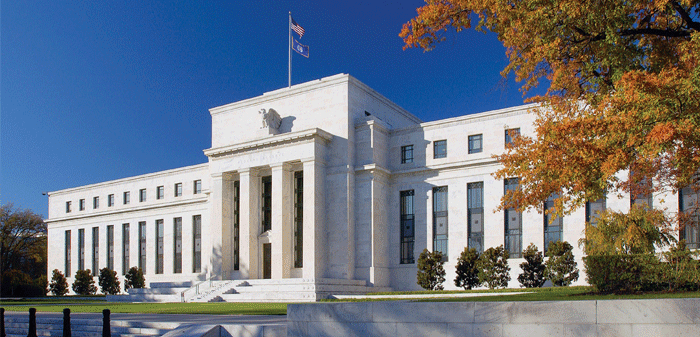As children count down the final days of summer vacation, investors around the world are anxiously awaiting what the gathering of central bankers from around the world in the US resort of Jackson Hole will bring. Central bankers like to use this symposium to release test balloons. There have been many occasions when a central bank governor in the mountain resort of Jackson Hole has casually hinted that central bank policy will soon start to move in a different direction. Then he watches the market reaction. This year's Jackson Hole is expected to send a signal from the Fed chief that interest rates in the US economy will soon begin to fall from more than 20-year highs.
Why can't investors wait for this year's Jackson Hole? It hasn't been that long since the US labour market numbers disappointed sharply. Suddenly, investors were gripped by the fear that the US economy was headed for a recession. The stock markets were falling mightily. In a panic reaction, the market called for a sharp cut in Fed rates and a rapid cheapening of credit. There was even speculation on Wall Street as to whether the Fed would start cutting interest rates outside its scheduled meetings. This, of course, did not happen because neither the banking sector collapsed nor the economy was paralysed by a global pandemic and the like. The situation was simply not so severe that central bankers had to resort to emergency surgery.
All it took was the latest good US data, namely an improvement in the ISM services index, a drop in the number of new jobless claims or retail sales growth, and suddenly the sun shone in the US again. Suddenly, the US economy is betting on a soft landing again, not a fall into recession. As a result, the stock markets have almost made up for their losses of recent days. The stock indices are once again lying
within sight of historic highs. But one thing hasn't changed. The market is still betting on a significant drop in interest rates this year. It's not so much a question of whether the Fed knocks rates down 25 or 50 basis points in September. Far more important is how this year as a whole turns out. Well, here's where the market
everyone is betting on a full percentage point drop in rates by the end of 2024. Everyone is taking the significant reduction in credit as a done deal. But knowing US central bankers, they won't want to promise such a significant rate cut. At least not right away...
What do we mean by that? That the US stock markets may head down again. On the other hand, the dollar should be supported by the fact that its interest rate attractiveness may not fall as quickly as is being bet on. The dollar, after weakening above the psychological level of USD/EUR 1.10, has not been stopped in its losses by the technical barrier at USD/EUR 1.11. The dollar is currently so-called oversold. It is therefore ripe for reversing its recent losses. In the end, however, neither technology nor the words of central bankers will decide the fate of the dollar. It will be the central bank's actions taken on the basis of incoming data that will be decisive. The US labour market report, which will see the light of day in early September, will therefore be closely watched. We would bet on a slight pullback in the dollar, and one more round of major stock market sell-offs. Today, the dollar has only stagnated at USD/EUR 1.111. The koruna, on the other hand, has strengthened slightly to CZK 25.07/EUR, thanks to the slight optimism in the markets, bringing it a bit closer to the 25 koruna level it was last at in early July. While the Prague PX index added 0.3 % today, the Slovak SAX index was only stagnant.
Markéta Šichtařová
Next Fnance s. r. o.
nextfinance.cz



